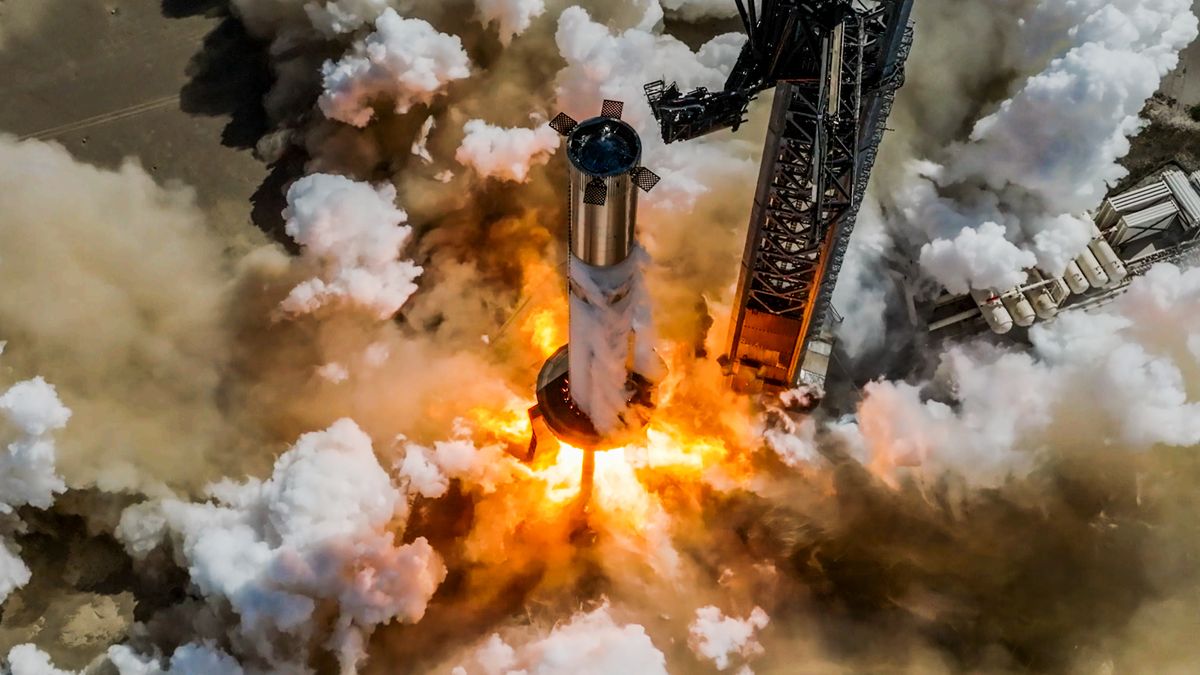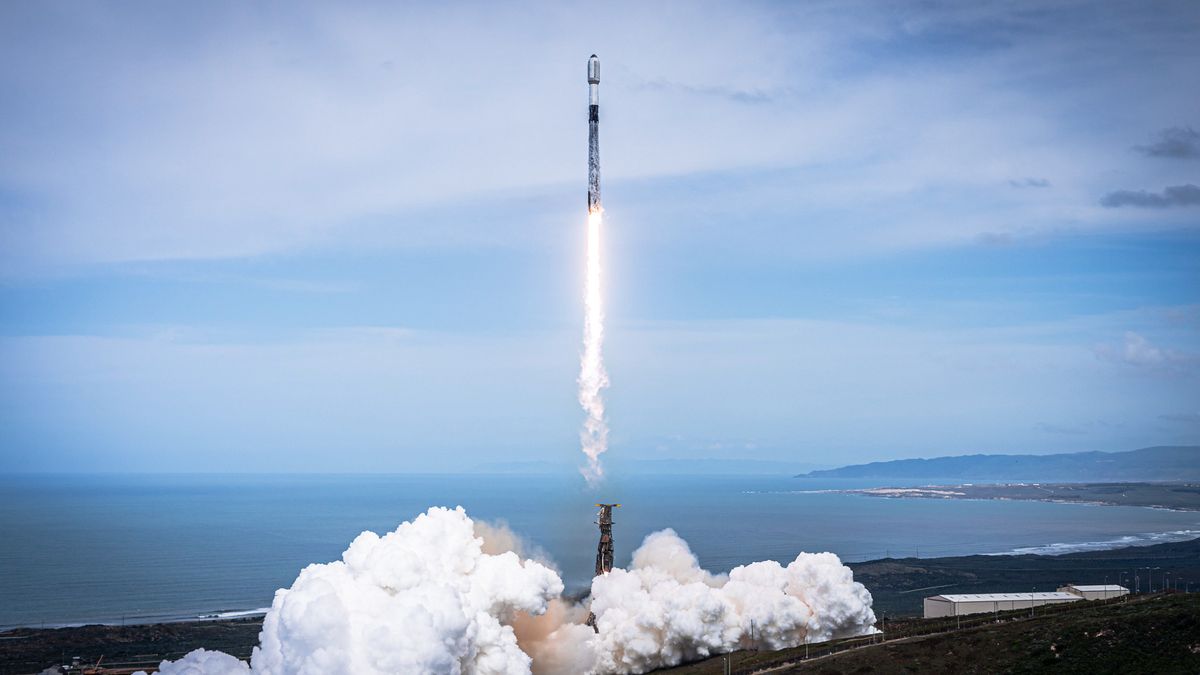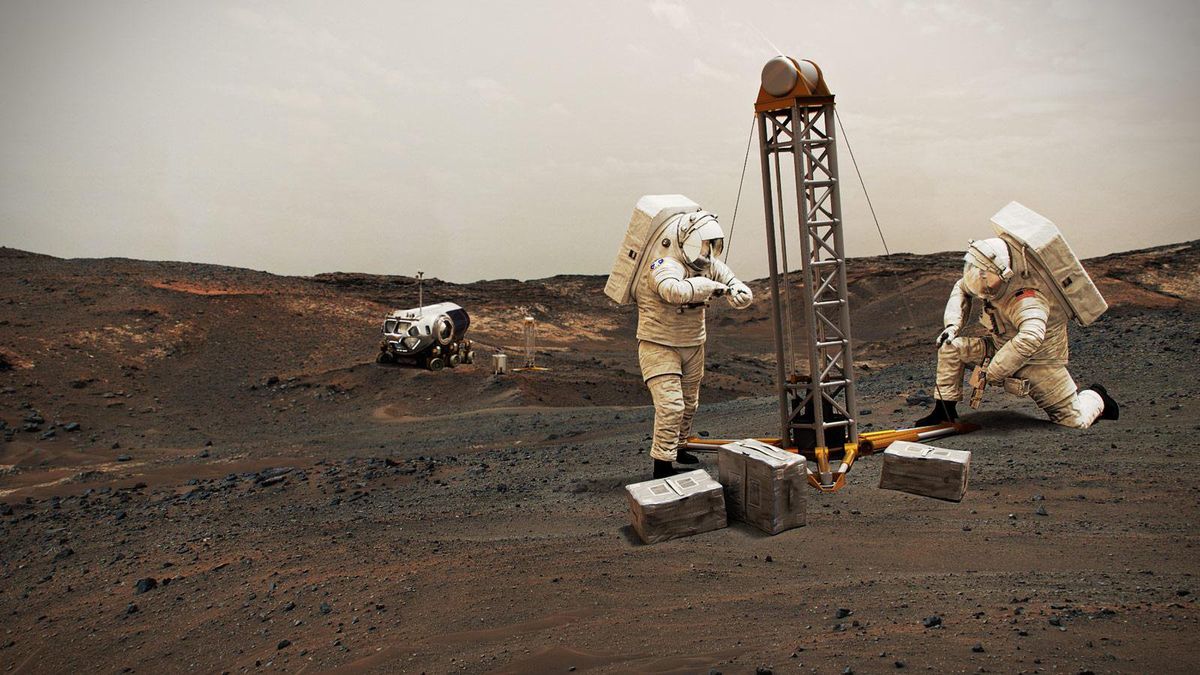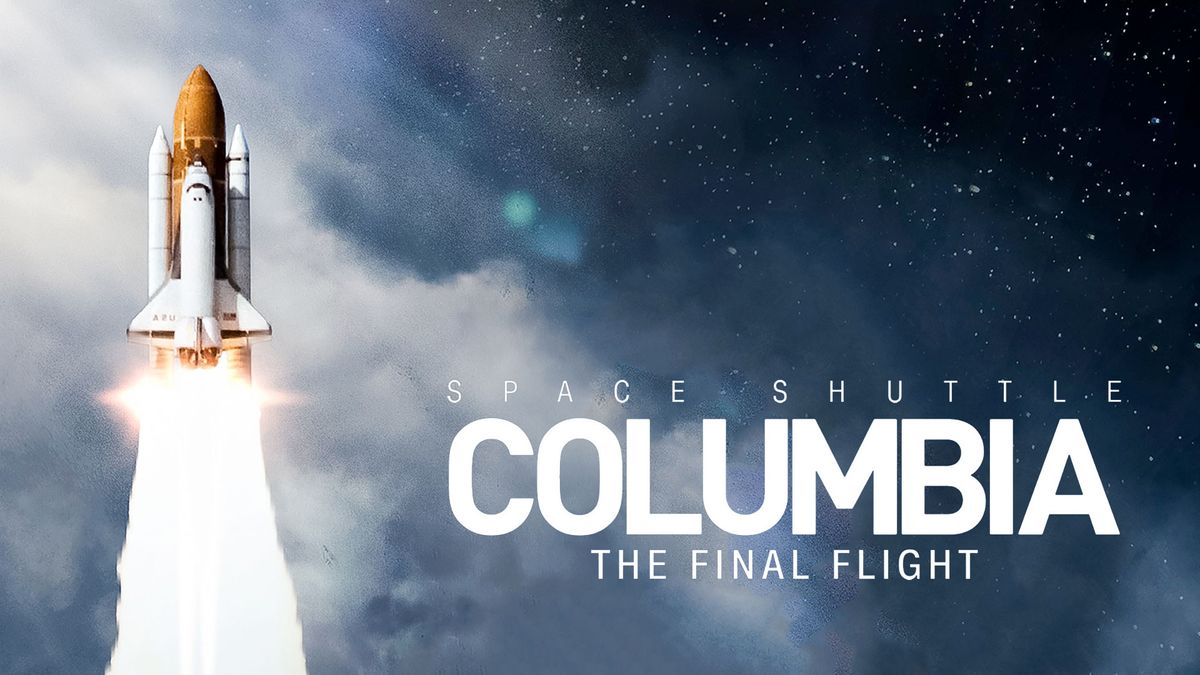SpaceX Progresses Toward Starship Megarocket Launch
SpaceX recently achieved a significant milestone in its ongoing preparations for the upcoming launch of its Starship megarocket. The company successfully conducted a static fire test with its newest Super Heavy booster, a 33-engine Starship first stage, on Friday (April 5) at its Starbase facility in South Texas.
The announcement of this key development was made through two informative posts on Twitter by SpaceX. The posts included striking photos and a video capturing the intense test. Static fires, such as this one, involve briefly igniting a rocket’s engines while it remains securely grounded—a standard prelaunch procedure.
This specific Super Heavy booster is being readied for the fourth-ever Starship launch, which is currently scheduled for the following month, as indicated by SpaceX’s founder and CEO, Elon Musk. It is worth noting that static fires have also been successfully carried out with the 165-foot-tall upper-stage spacecraft that will accompany this Super Heavy booster. Together, the integrated rocket system will reach an impressive height of about 400 feet.
Starship’s Test Flight Progression
Starship has undergone three previous test flights in April 2023, November 2023, and most recently on March 14 of the current year. During the inaugural flight, the rocket’s two stages failed to separate as intended, resulting in a short-lived mission lasting only four minutes.
The second flight marked a significant improvement, with successful stage separation achieved. The most recent mission in March exhibited even greater progress, lasting close to 50 minutes. Noteworthy achievements from this flight include the successful opening and closing of the Starship upper stage’s payload door, among other milestones.
Designed with full reusability in mind, Starship represents a crucial advancement that Elon Musk believes will play a pivotal role in enabling cost-effective Mars and moon colonization. Additionally, Starship has been selected by NASA to serve as the primary crewed lander for its Artemis moon exploration initiative.
As part of NASA’s Artemis 3 mission, which is slated for September 2026, Starship is expected to deliver astronauts near the moon’s south pole. This ambitious timeline underscores the rapid progress and immense potential associated with SpaceX’s groundbreaking Starship program.
Image/Photo credit: source url





